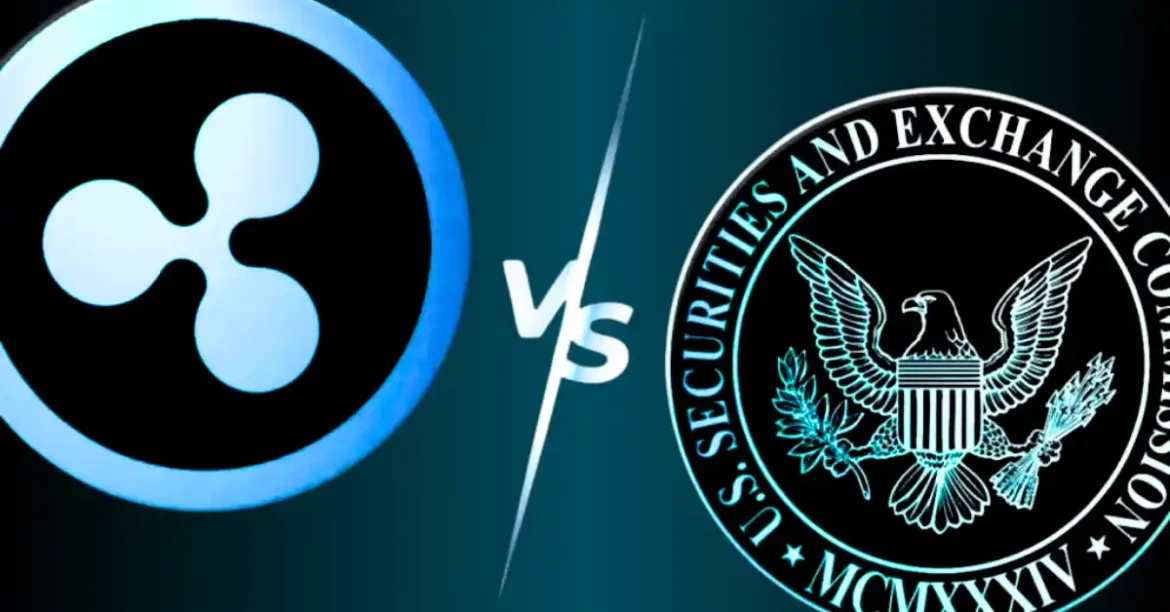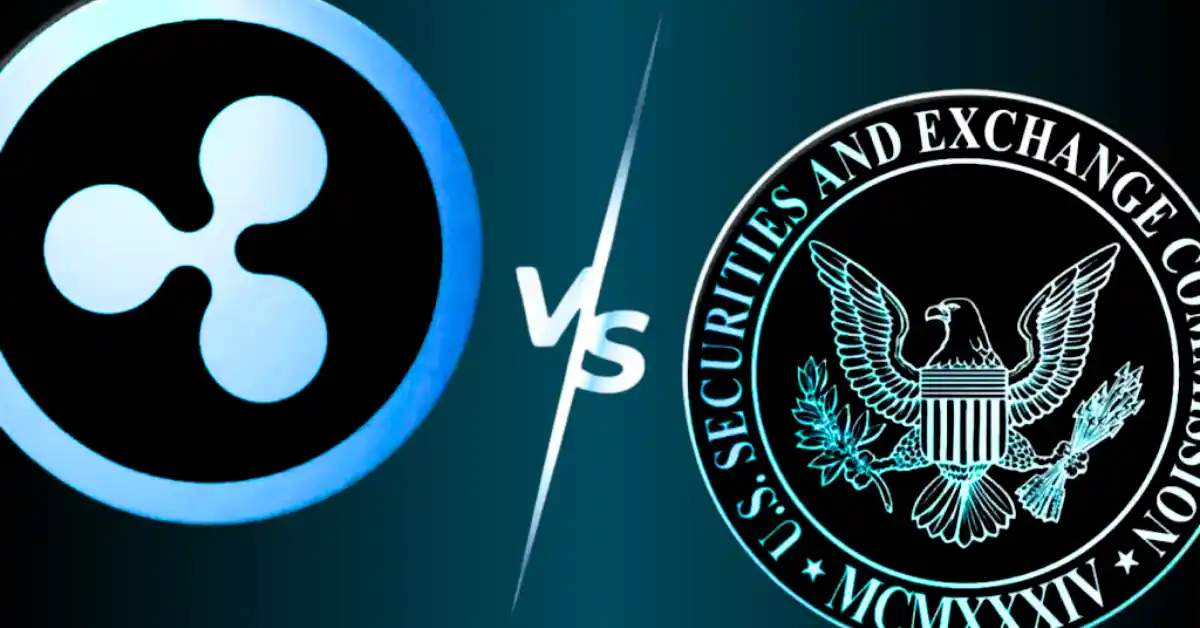The Ripple vs. SEC Legal Battle: A Comprehensive Analysis of Resolution and Implications
The lengthy legal confrontation between Ripple Labs and the United States Securities and Exchange Commission (SEC) has attracted extensive attention within the cryptocurrency and regulatory communities. A dispute that started years ago with allegations centered on Ripple’s sales of XRP as unregistered securities is now approaching its final phase. This report unpacks the key developments related to the civil penalty, injunction status, settlement terms, and the broader impact of this epic case.
—
Background: Origins and Stakes of the Case
In August 2024, U.S. District Judge Analisa Torres delivered a ruling finding Ripple Labs liable for violating securities laws through its institutional sales of XRP. The case’s pivotal judgment levied a civil penalty of $125 million on Ripple, a figure drastically lower than the SEC’s original $2 billion demand but still significant. Alongside the fine, the court imposed a permanent injunction barring Ripple from future violations of securities registration requirements.
This injunction meant Ripple was legally constrained in how it could conduct XRP sales going forward, dampening some operational freedoms. For years, this legal uncertainty stressed XRP holders—resulting in an estimated $15 billion in market value losses—and cost Ripple itself over $150 million in legal fees.
—
The Penalty: From $2 Billion Demand to $50 Million Settlement
A defining feature of the case is the substantial reduction and restructuring of the penalty:
– Initial Demand: The SEC initially sought an eye-popping $2 billion penalty reflecting the alleged severity of Ripple’s violations.
– Court-Imposed Fine: Judge Torres settled on a $125 million civil penalty, a 94% reduction, signaling recognition of nuances in Ripple’s actions and the crypto asset’s unique nature.
– Settlement and Reconciliation: After months of appeals and negotiations, Ripple agreed to pay just $50 million—less than half the court-ordered penalty. This figure was presented as a settlement to bring finality to the dispute.
– Escrow Mechanism: The remaining $75 million held in escrow by the SEC is to be returned to Ripple, underscoring a compromise balancing enforcement against over-penalization.
This outcome reflects a pragmatic middle ground, with the SEC still safeguarding investor interests while allowing Ripple to move past a crushing financial burden.
—
Injunction Status: The Last Legal Battleground
Despite settling the fines, the injunction against Ripple’s future unregistered securities sales remains a critical issue:
– Failed Joint Requests: Attempts by Ripple and the SEC to dissolve the injunction, including a joint motion filed in June 2025, were rejected by Judge Torres on procedural grounds.
– Regulatory Oversight: The injunction enforces compliance standards requiring Ripple to register future securities offerings, a significant regulatory safeguard.
– Lifting the Injunction: Recent movements show the SEC requesting to lift the injunction following the fine settlement, signaling closure willingness and a potential regulatory pivot.
However, jurisdictional questions and procedural missteps slow the injunction’s formal removal, making it the last legal artifact needing resolution before Ripple’s full operational freedom is restored.
—
Broader Implications for Ripple, XRP, and Crypto Regulation
The conclusion of this landmark SEC lawsuit carries deep implications:
– For Ripple: The settlement and reduced penalty release Ripple from the highest legal and financial uncertainty in years. The firm’s willingness to negotiate rather than appeal further signals readiness to focus on business growth and innovation.
– For XRP: The price impact has been muted, with XRP’s trading value relatively stable through much of the case resolution. Yet, a clear legal outcome reduces clouded risk factors, possibly enabling enhanced market confidence and adoption.
– For the Crypto Regulatory Landscape: This case marks a turning point within U.S. regulation of digital assets. The SEC’s drastic penalty reduction and willingness to settle on more modest terms may reflect an evolving, more nuanced regulatory approach to crypto firms, balancing enforcement with market innovation.
– Legal Precedent: The SEC v. Ripple case will serve as a foundational reference for upcoming crypto securities enforcement actions — particularly in how programmatic sales to retail investors differ from institutional offerings.
—
Conclusion: A Nuanced Resolution Heralding a New Chapter
While Ripple Labs must pay a $50 million penalty and still faces the lingering injunction for the time being, the SEC’s dramatic reduction in fines and eventual agreement to drop appeals signal a near-final close to one of crypto’s most significant legal battles. The case highlights the complexity of applying existing securities frameworks to digital assets, showing pragmatism can overcome litigation deadlocks.
Ripple, XRP holders, and the broader crypto ecosystem gain clarity and relief, opening pathways for innovation tempered by regulatory compliance. Yet, the protracted process also illuminates the challenges regulators face in balancing investor protection with fostering emerging technology sectors.
In essence, the Ripple vs. SEC saga isn’t just an ending — it’s a seminal moment that will shape the future interplay of cryptocurrency and regulation in the United States for years to come.





